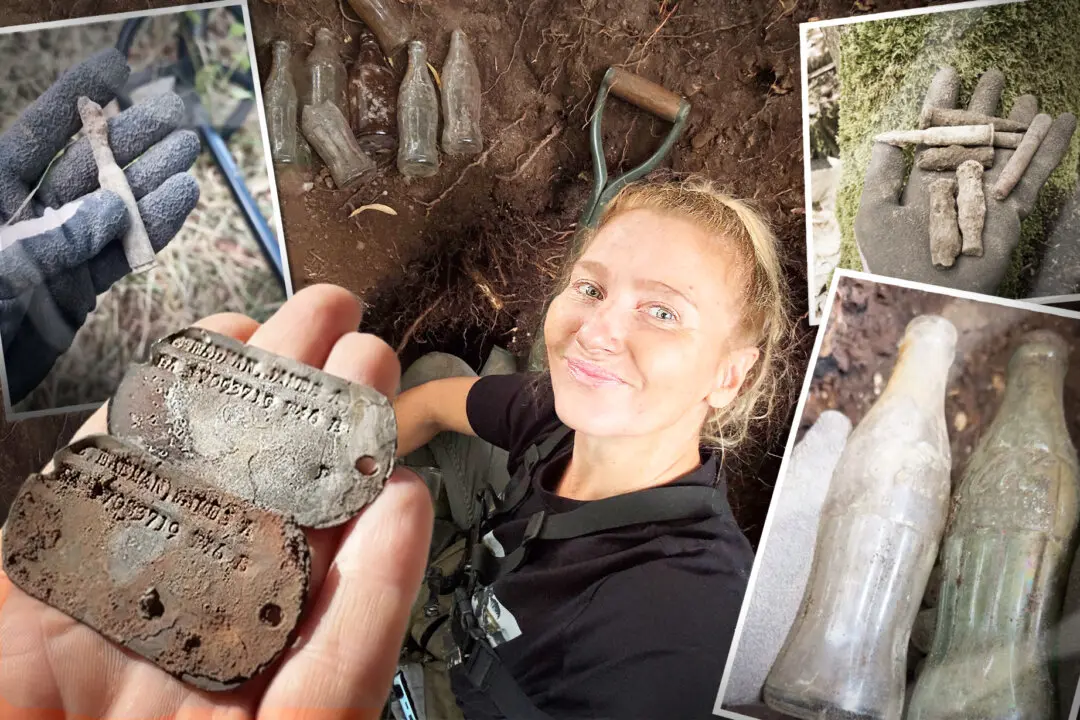Kurdish and German archaeologists in early 2022 explored the remains of a 3,400-year-old city that emerged from the depths of the Tigris River near Mosul in northern Iraq.
Amidst the ruins of the Bronze Age city, once part of the Mitanni Empire which lasted from 1550 to 1350 B.C., they explored a palace previously known to them, but also unearthed several new, large structures and an extensive industrial complex.






